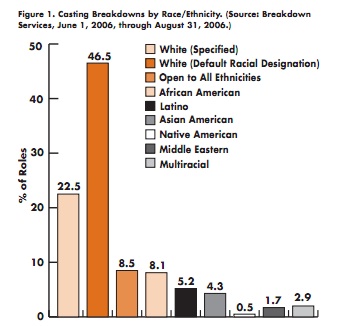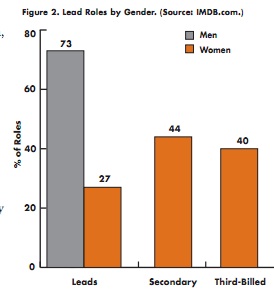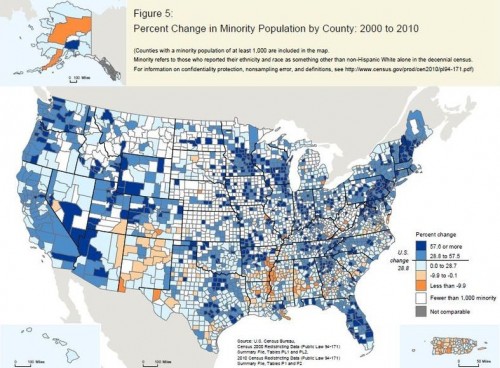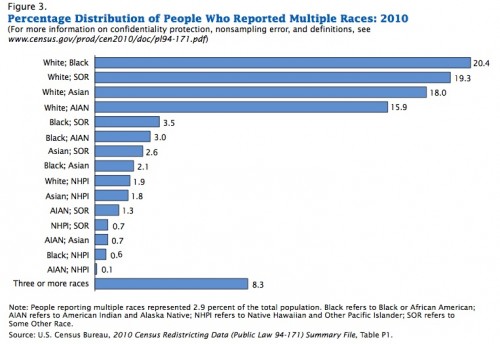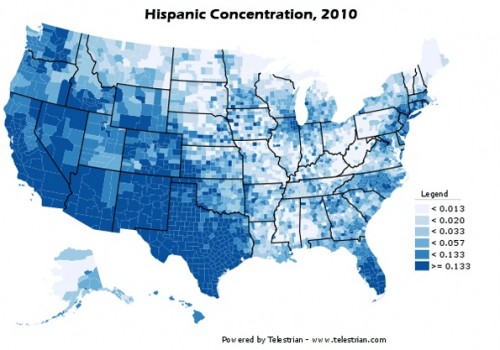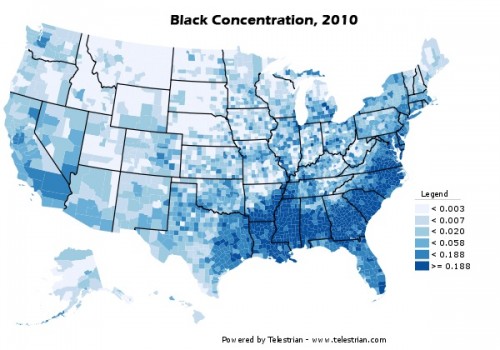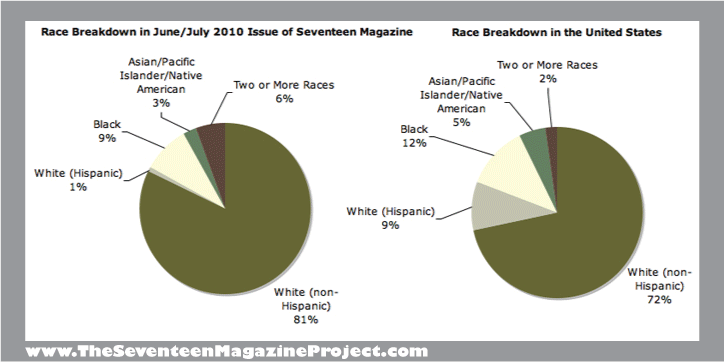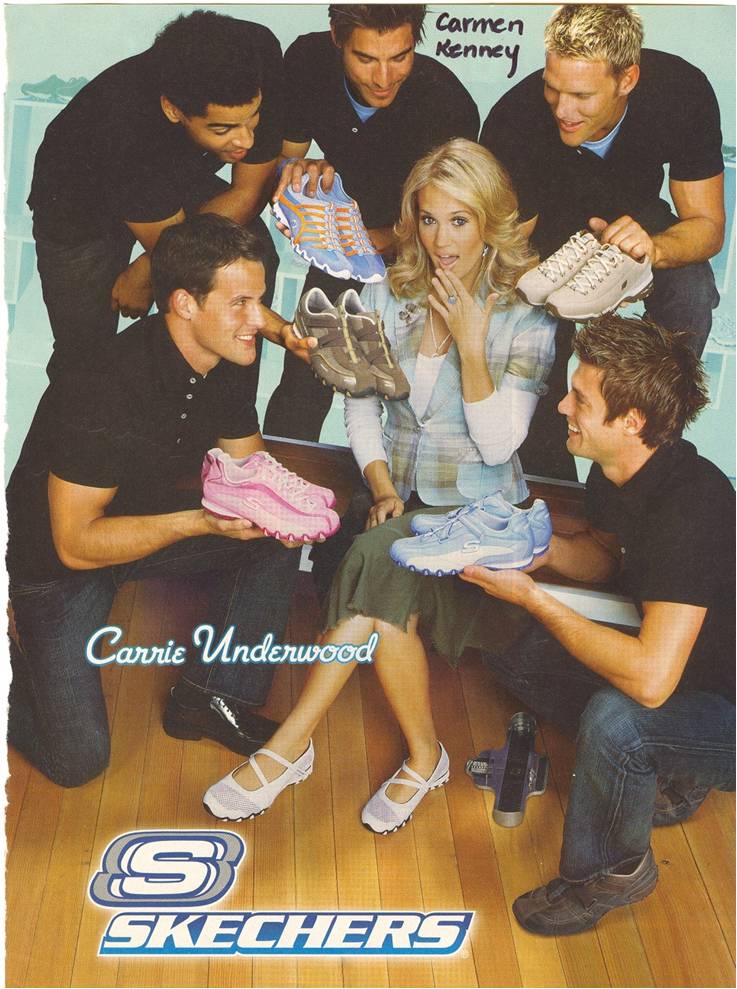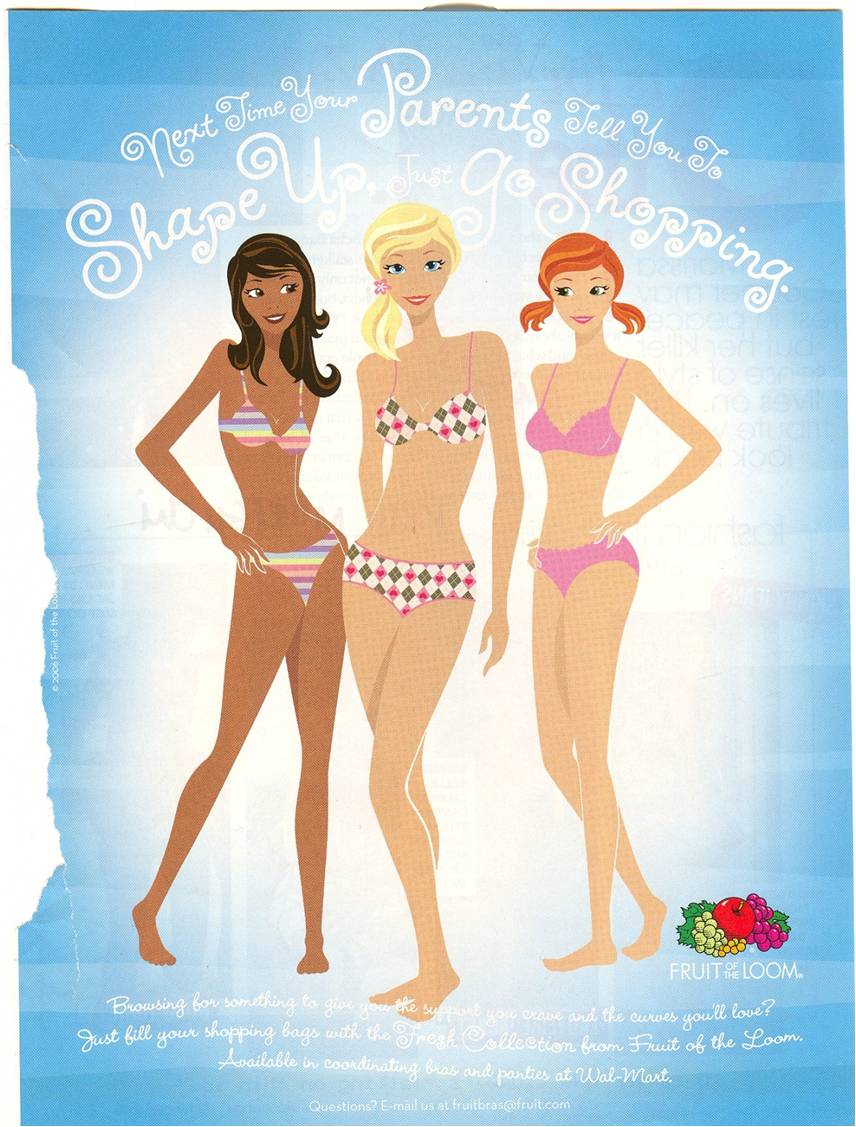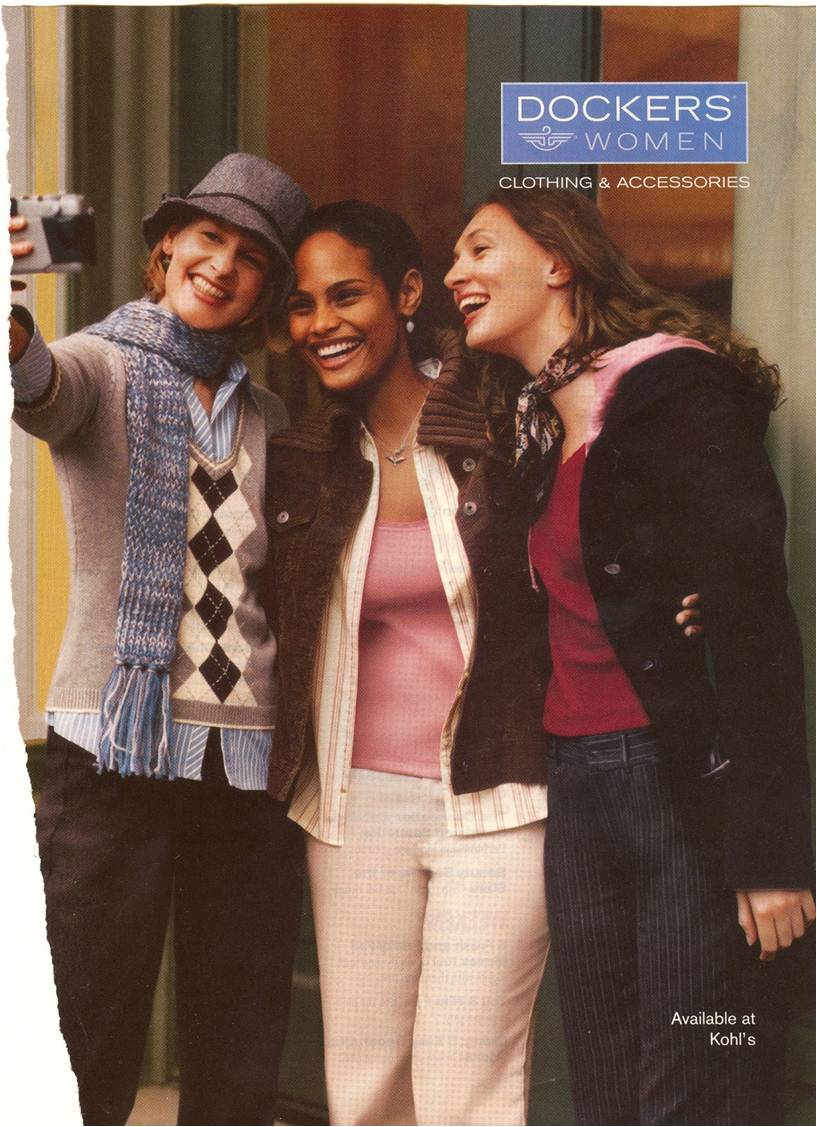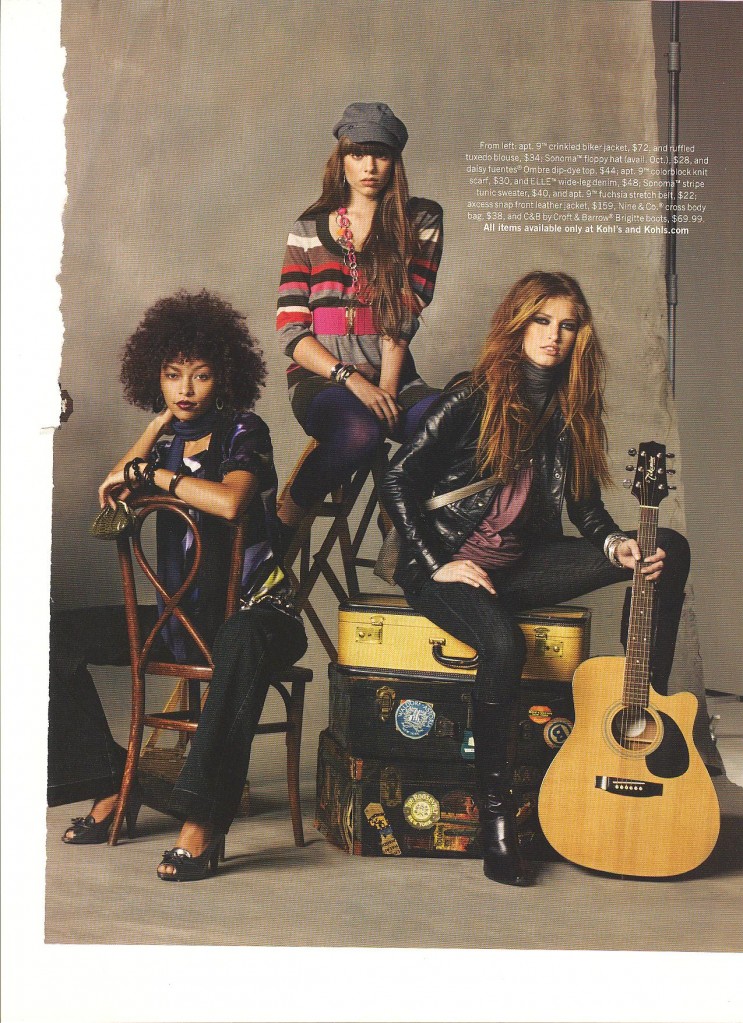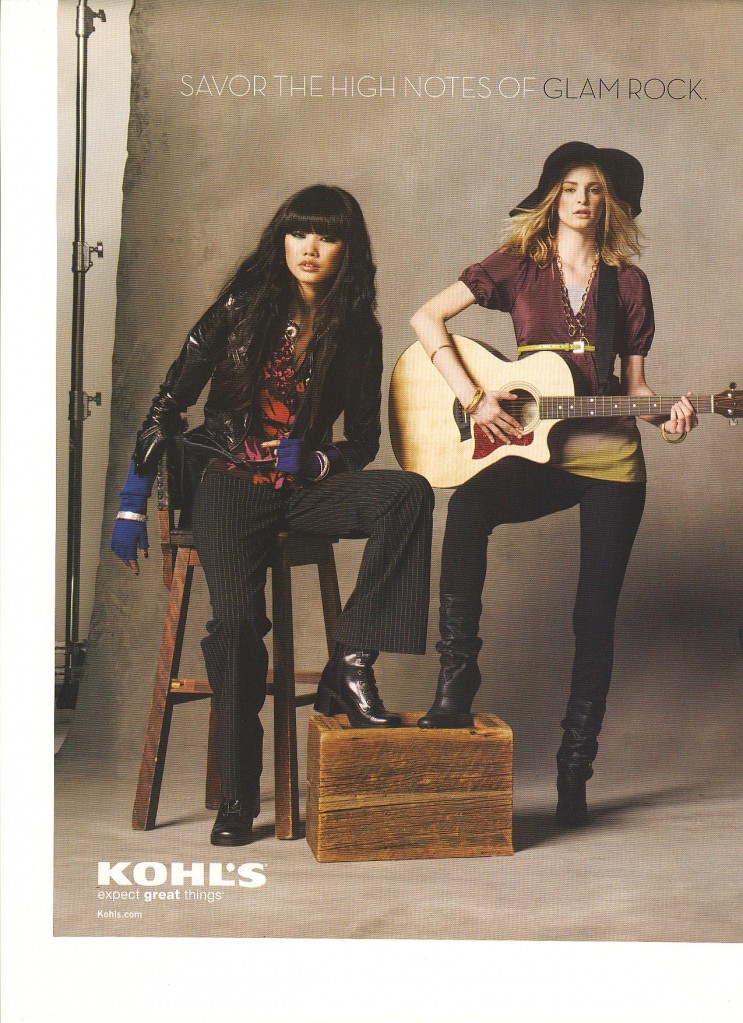Race, sex, religion, color, national origin, age, disability, and veteran status are all what are called protected classes under federal law — characteristics that cannot be used as the basis for discrimination in hiring, housing, or other arenas. There are loopholes, however; one is that it is acceptable to discriminate based on a protected characteristic if you can show that it is “bona fide occupational qualification” (BFOQ). So, for instance, if you can show that being female is a legitimate requirement for being able to perform a particular job, you can refuse to hire men. Hooters used the BFOQ argument when they were sued for sex discrimination because they would not hire men as servers.
The exceptions are race and color, which are not legally seen as ever being legitimate qualifications for doing a job. As the Equal Employment Opportunity Commission website states, “Nor may race or color ever be a bona fide occupational qualification under Title VII.” That is, there is absolutely no good reason that being of one race or another would ever be a legal basis for hiring.
And yet, there’s still at least one arena where race is blatantly and openly used as a basis for hiring: Hollywood casting. Back in 2006, Russell Robinson, a faculty member at the UCLA School of Law, looked at the sex and race/ethnicity characteristics specified in “breakdowns” — the summaries of characteristics presented in casting announcements. As Robinson explains in the article “Casting and Caste-ing: Reconciling Artistic Freedom and Antidiscrimination Norms,” his sample certainly doesn’t include all roles in the process of being cast during that period. Roles aimed at big stars who don’t go through the typical audition process may never be released as a breakdown, since there’s no intent to recruit for the role. But
Robinson’s team looked at all breakdowns for feature films released between June 1 and August 31, 2006, excluding calls for extras and stunt people. As they reported in the research brief “Hollywood’s Race/Ethnicity and Gender-Based Casting: Prospects for a Title VII Lawsuit,” the vast majority of the breakdowns explicitly state the race of the character, with only 8.5% of roles open to any race/ethnicity:
Notice that African Americans and Latinos are particularly under-represented compared to their proportion of the total U.S. population. And while 22.5% of breakdowns specifically said the character should be White, almost half included language that designated the role as implicitly White — for instance, including only White actors in a list of prototypes for the role. In fact, interviews with casting directors indicate that roles are presumed to be White unless the breakdown specifically says otherwise.
Almost all breakdowns specified the sex of the character; 59% of the breakdowns specified the role was for a man, while 35% of roles were for women.
Robinson also analyzed the cast of 171 films released in 2005 that made at least $1 million. The majority of all roles were reserved for men. An overwhelming 73% of leads were men, and even supporting roles were predominantly for men:
Of the leads in those films, 81.9% were White non-Hispanic:
Robinson’s work shows that Hollywood still explicitly uses protected classes in hiring decisions, including race/color, which have been excluded from the BFOQ loophole. For more on this, see our posts on race and roles in recent trailers, casting Whites in Asian roles, Hollywood’s discomfort with Asian lead roles, gendered positioning in promotional posters, race and representation in Hollywood, the Smurfette Principle in movies, who goes to see movies, anyway?, Anita Sarkeesian on male-centric plots, and the lack ofra African Americans on Friends.
Thanks to Dolores R. for the tip about Robinson’s study, which she originally saw at Racialicious.

